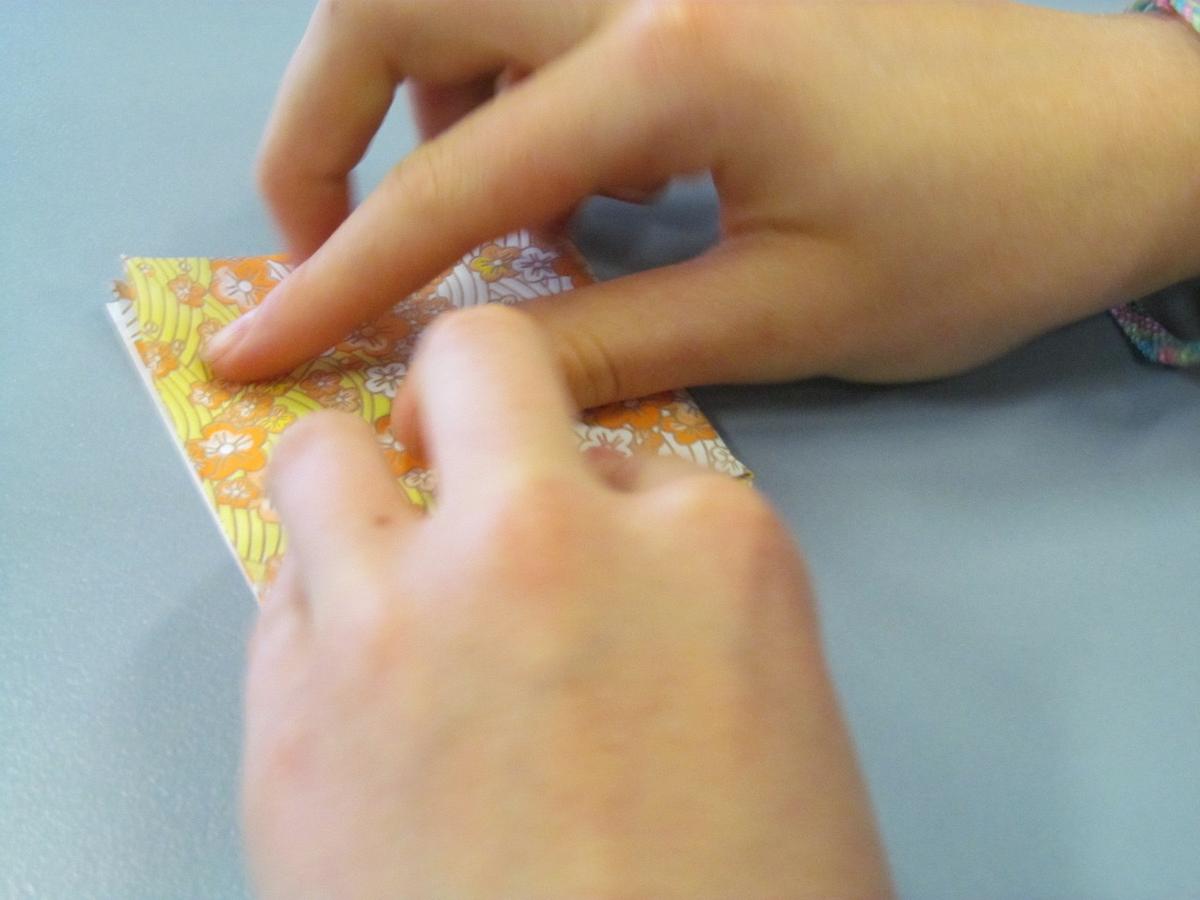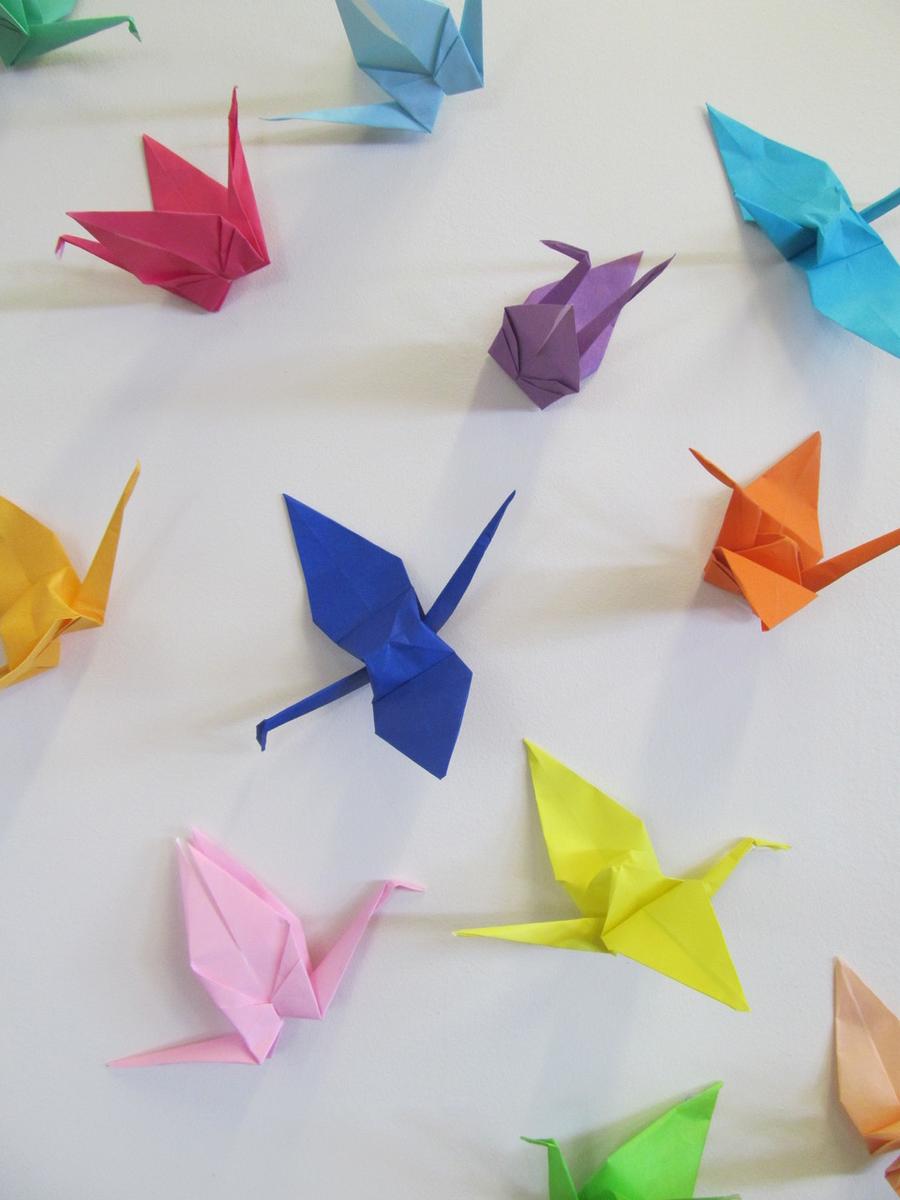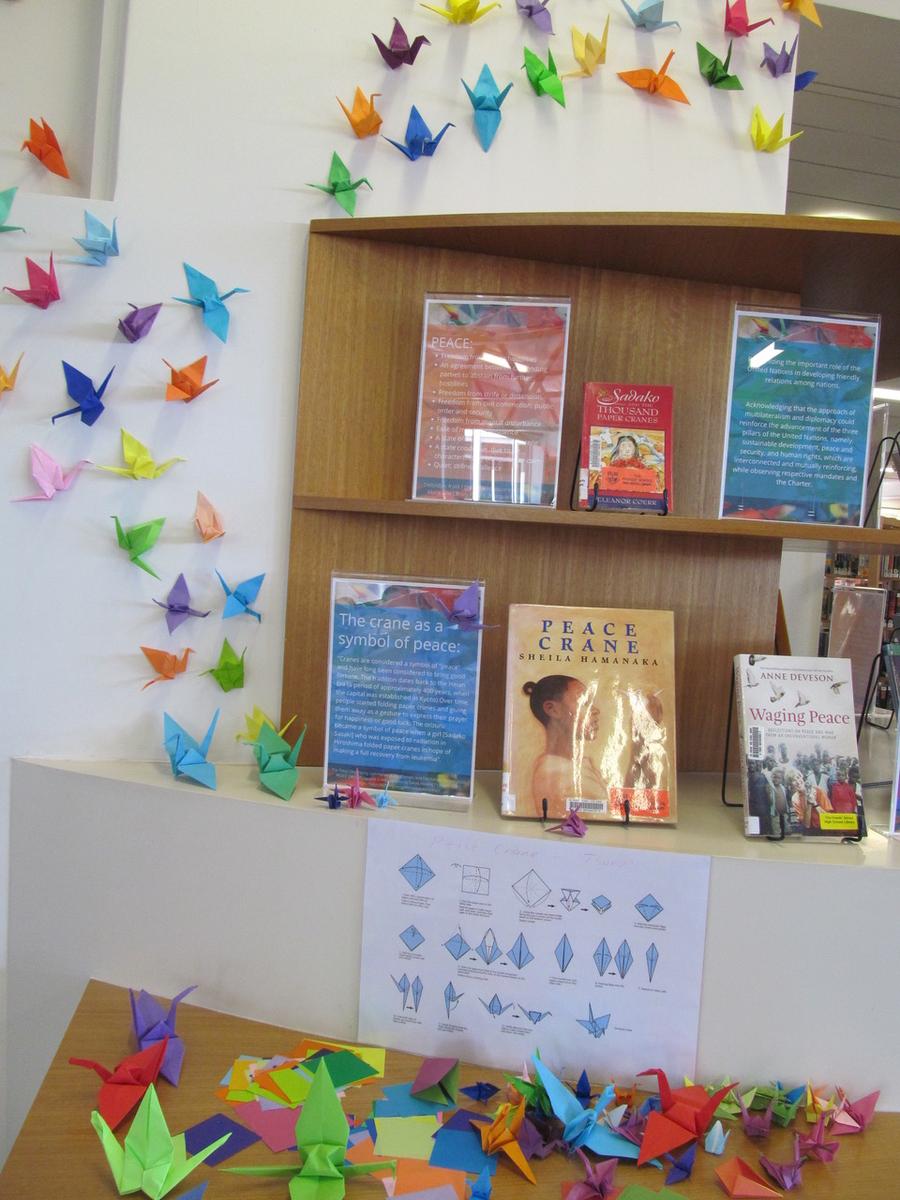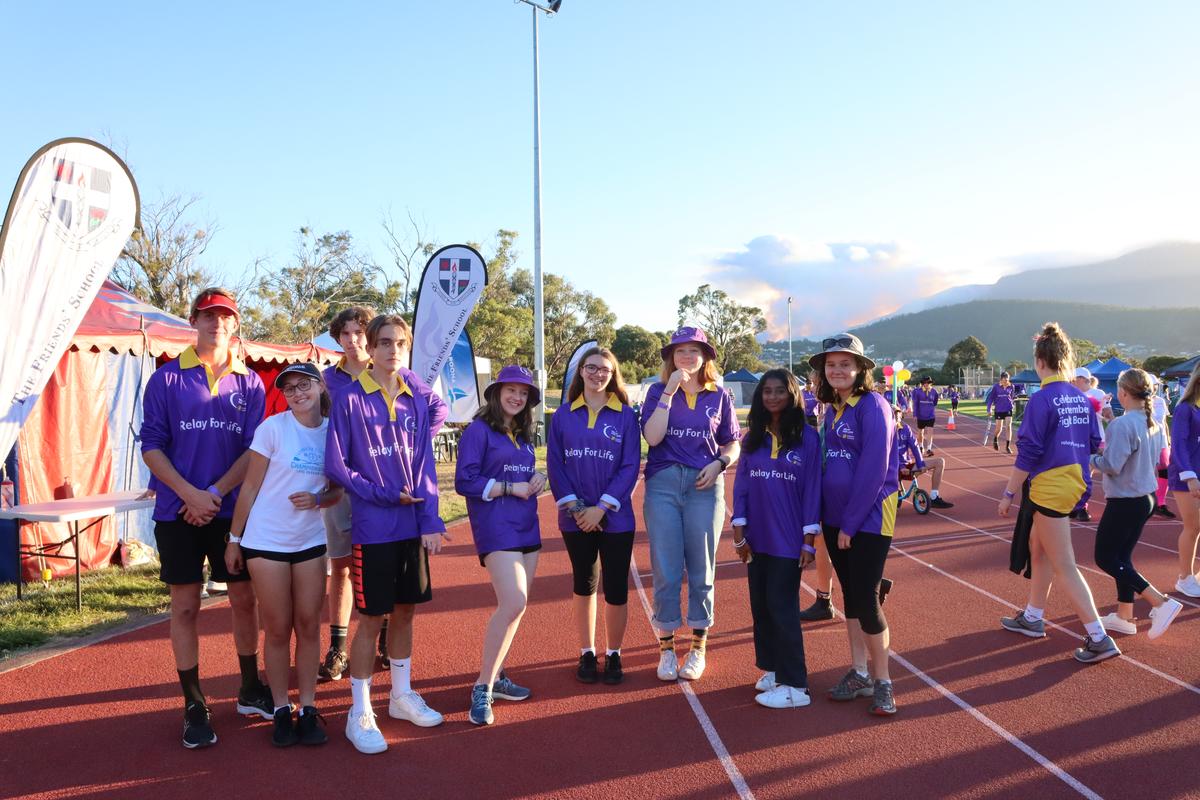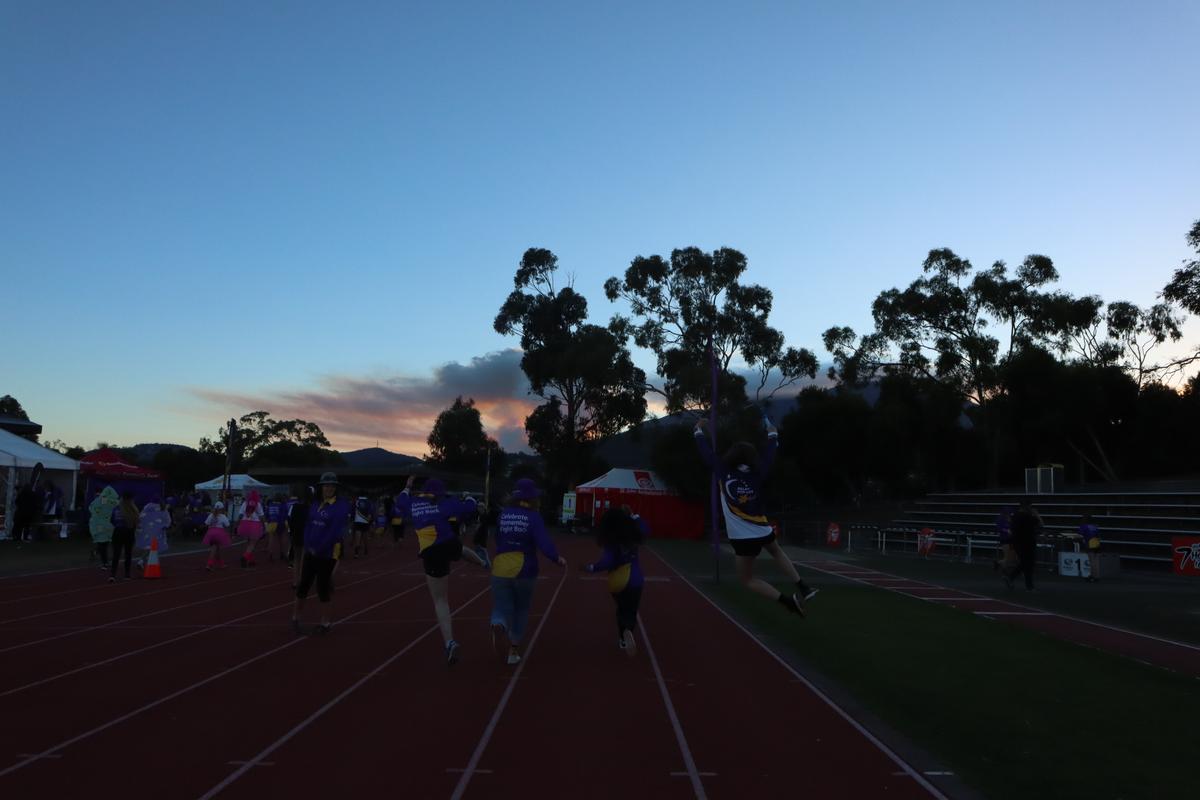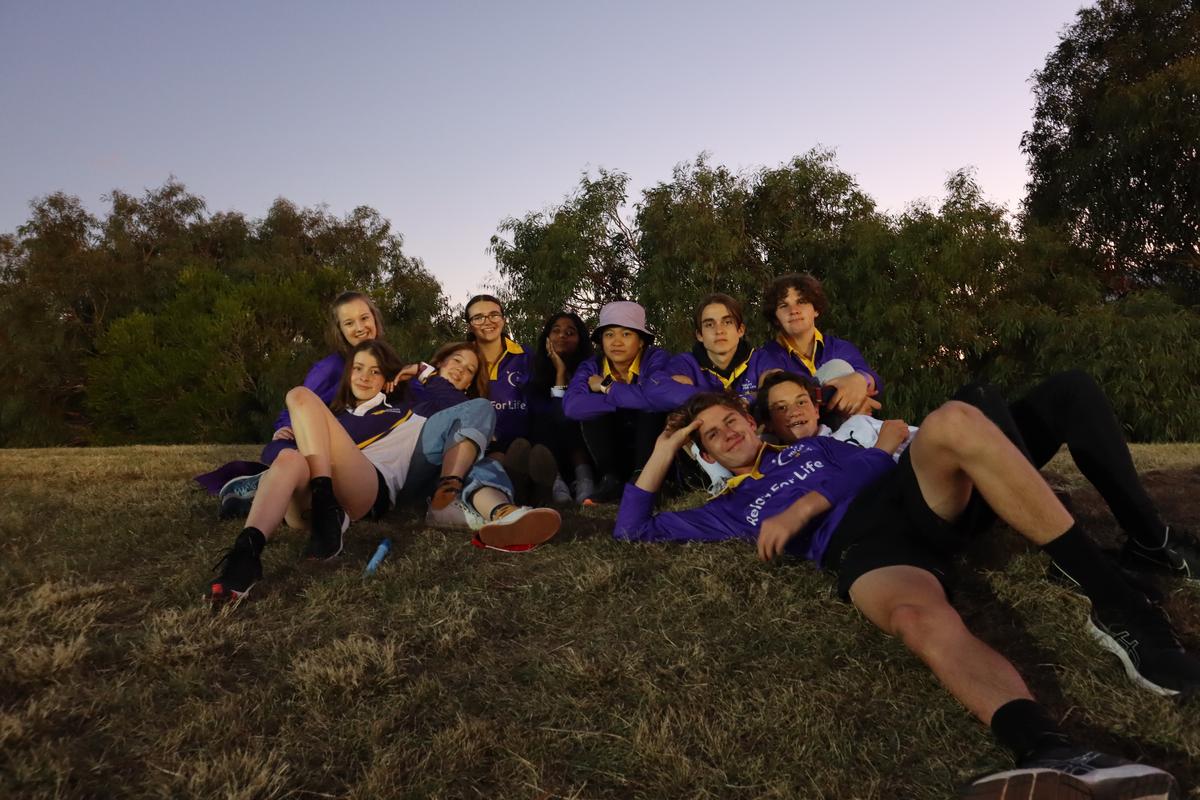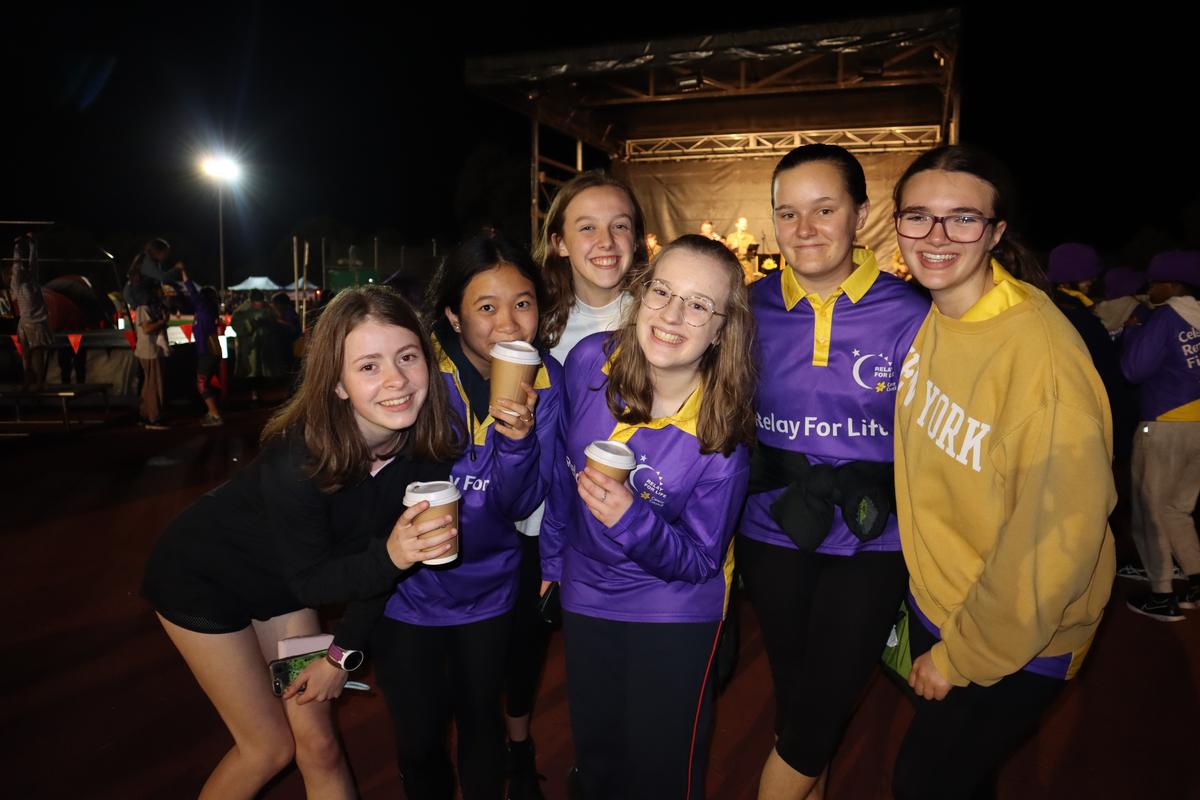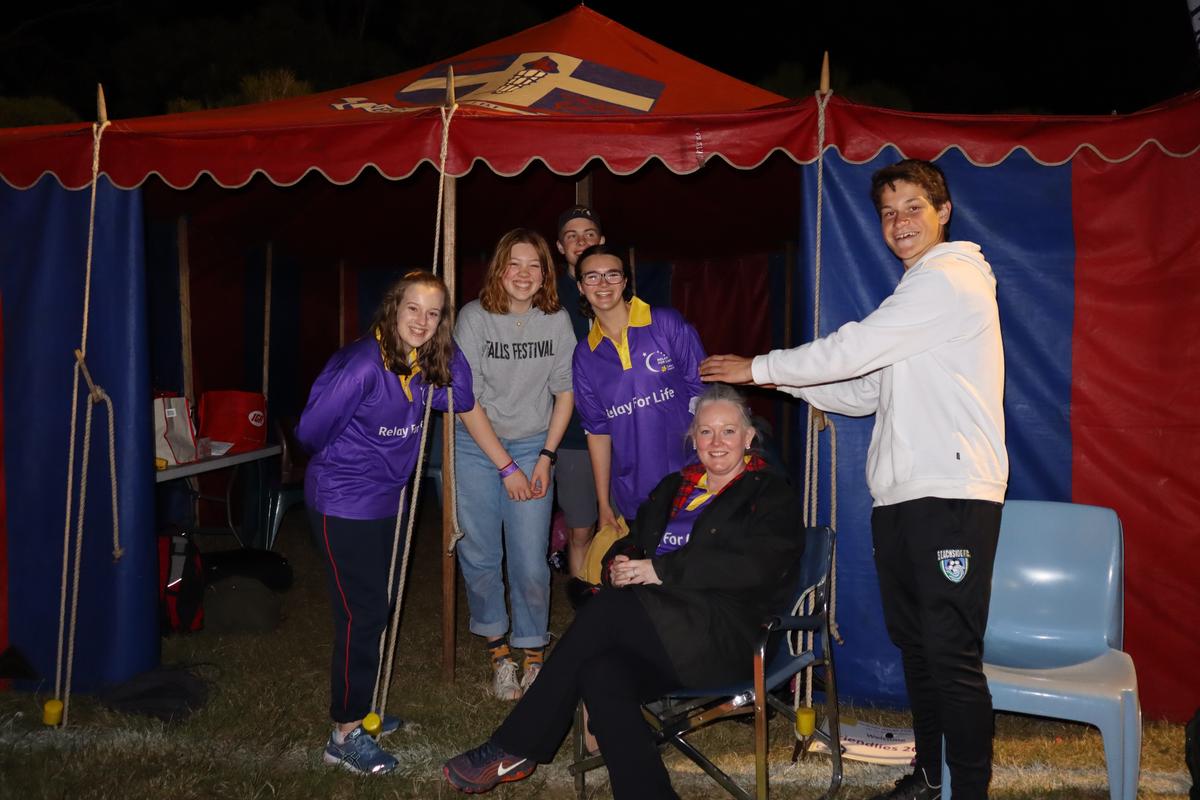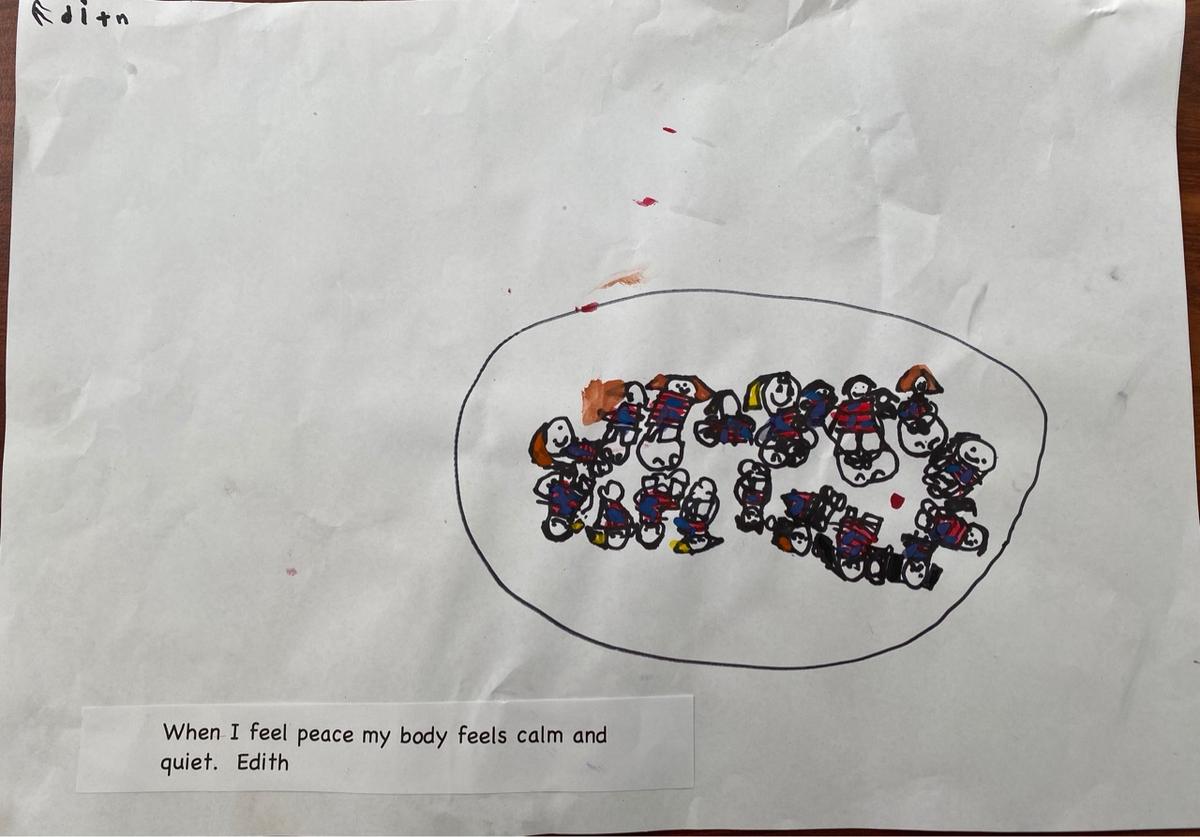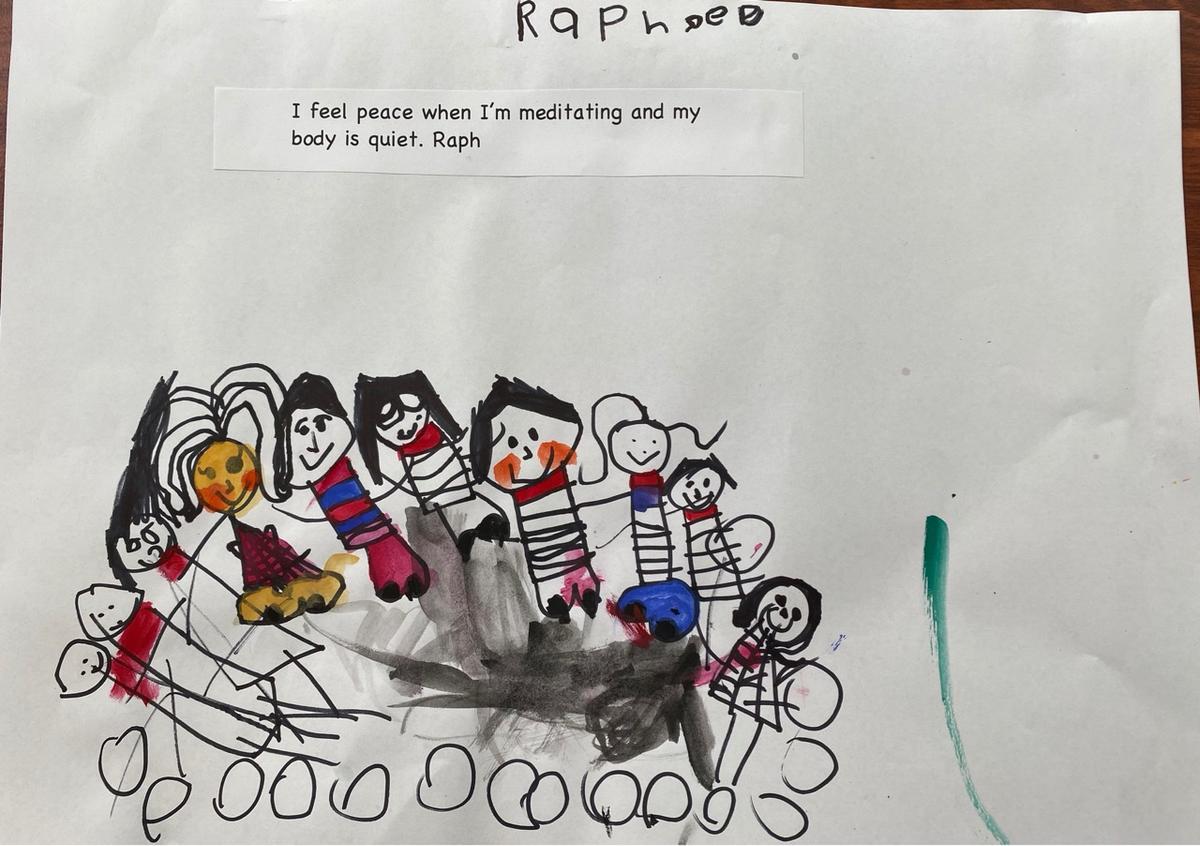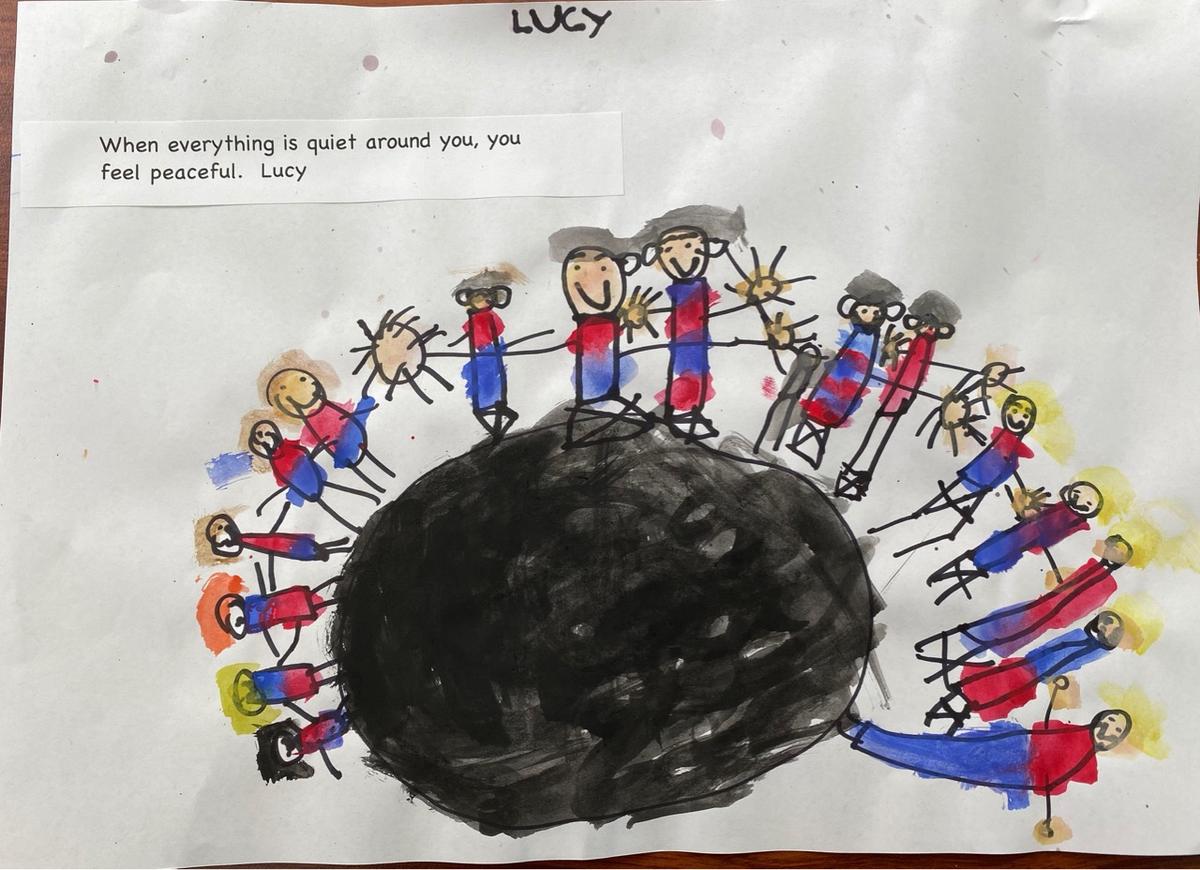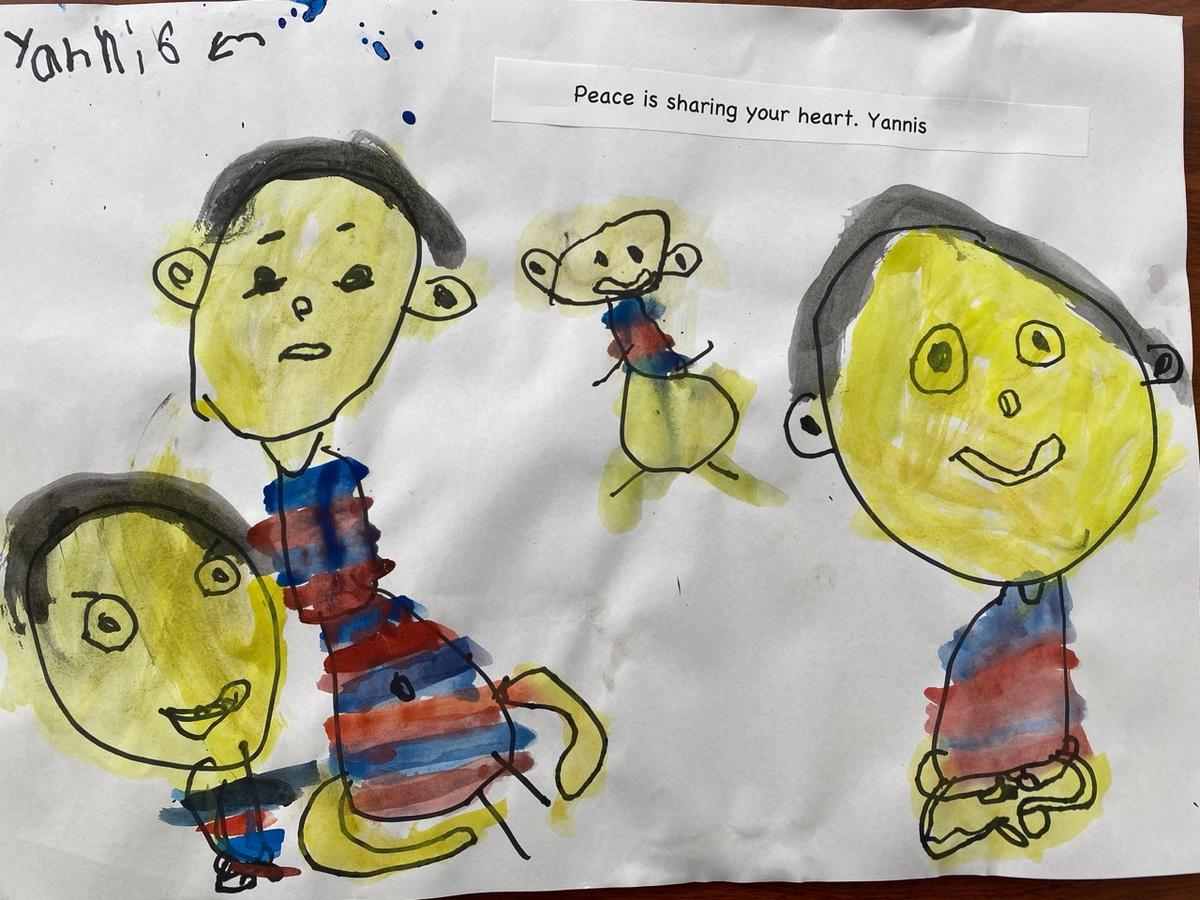Our Community
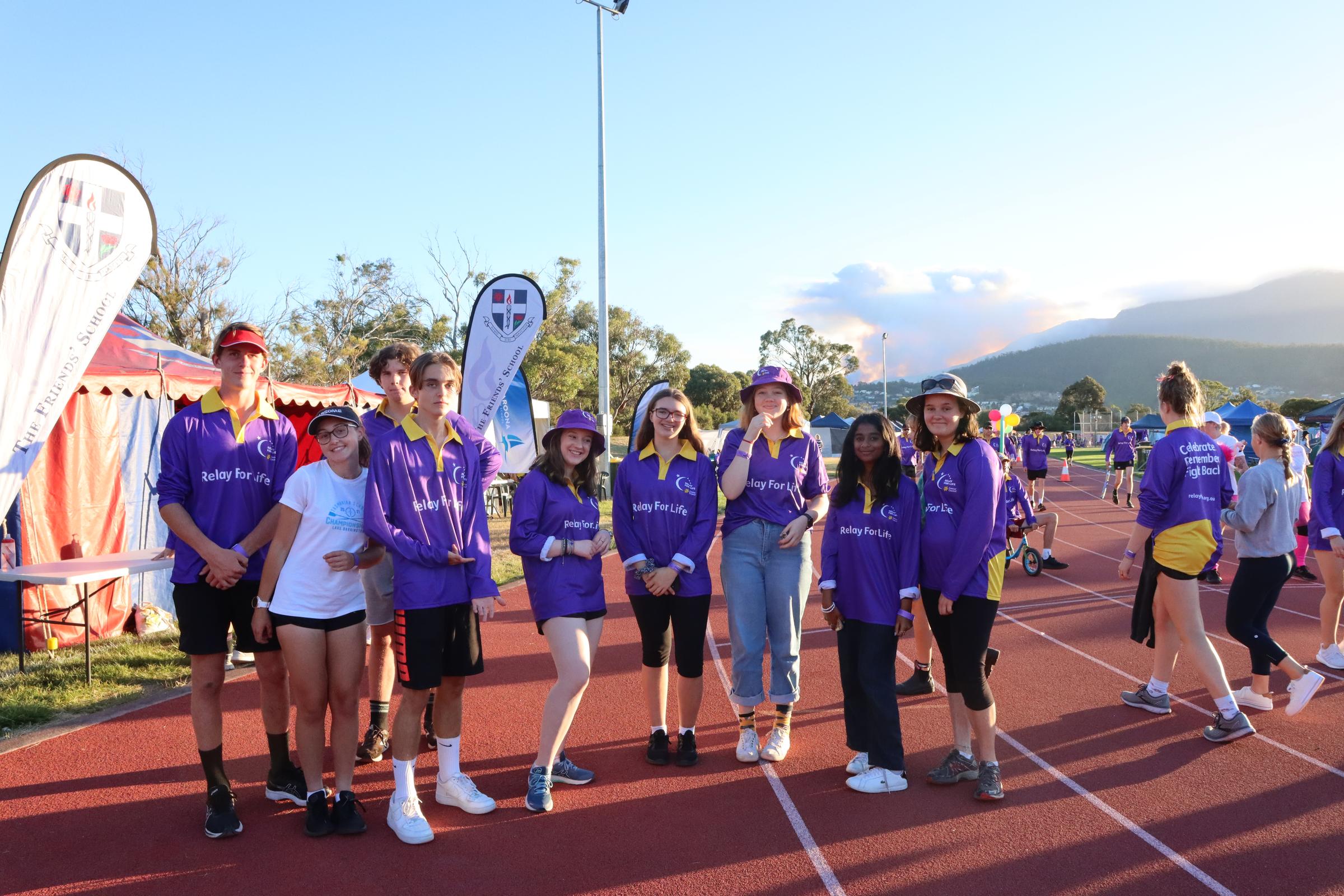
International Year of Peace & Trust | Nicole Parums
The United Nations has declared 2021 the International Year of Peace and Trust(1). The theme of the year supports the UN’s aims and goals which include:
- A commitment to settle disputes through peaceful means with the aim of preventing future wars
- Developing friendly relations amongst nations
- Promoting a culture of peace and non-violence to benefit all humanity
- Acknowledging that this entails accepting differences and learning to listen to, recognise, respect and appreciate others
- Recognising that peace is not just an absence of conflict, but requires proactive action that includes encouraging dialogue between nations
The High School Library will be encouraging people to stop and think about peace and trust by devoting a section of the library to this international year, with a different focus each term. As a Quaker school, this is also an opportunity to explore peace and trust from a Quaker perspective.
During Term 1 we have introduced the International Year of Peace and Trust and started our paper crane display. Students will be folding paper cranes throughout the year to add to an evolving and enlarging display. We’ve had a wonderful start with the contribution of hundreds of paper cranes folded over the past three years by Beverley Carr’s U8 tutor group. Their goal is to make 1000 cranes to send to the Children’s Peace Monument in Hiroshima, Japan. They haven’t yet reached 1000 paper cranes, but we hope to reach that number over the coming year with help from other students and staff.
Beverley writes: “I think it was a great group exercise in perseverance, doing things when you don’t want to, learning a new skill and learning that you may be good at lots of things but paper cranes are never going to be one of them. I really wanted it as an exercise to foster the group spirit, which I think it did…” Beverley herself benefitted from the experience: “I think I will always know now how to make them and understand how they contribute to our understanding of the need for peace.”
One of the activities on Japanese Celebration Day (24 March) included folding paper cranes and we received some beautiful cranes made from patterned Japanese paper.
Term 2 will focus on PERSONAL ACTION. How we can ‘Let our lives speak’ and promote peace and trust in our everyday lives and friendships.
Term 3 will focus on PEOPLE OF PEACE.
Term 4 will explore the QUAKER RESPONSE TO WAR – how Quakers have responded to wars in the past and how Quakers continue to promote peace today.
- United Nations General Assembly 2019, Resolution adopted by the General Assembly on 12 September 2019, United Nations, viewed 22 March 2021, <https://documents-dds-ny.un.org/doc/UNDOC/GEN/N19/279/69/PDF/N1927969.pdf?OpenElement>.
Relay for Life
We had an amazing turnout and an awesome effort put in by our "Friendlies" team for the Relay for Life in March. The Friendlies have raised $6976 to fund the Cancer Council's research, prevention, information and support services.
Amazing work everyone!
Peace at The Meeting House Throughout Term 1
The three Quaker Gathering Advisors considered how we might explore the concept of peace through our weekly queries and Gatherings in all parts of the School in Term 1. We didn’t want every Gathering to be explicitly about “peace”, but wanted to be able to make connections with the idea of peace and our weekly queries throughout the term.
In Morris, students in Early Learning up to Grade 6 all explored ways of finding inner peace, through meditation and mindfulness, and reflected on how to help peace to grow in friendships, communities and the world. This included considering ways to deal with conflict and disagreements, choosing kindness, respecting and celebrating our differences, as well as our similarities, and looking for “that of God” in everyone we meet. Prep students shared their images and words about peace in a Clemes Gathering and this prompted the Clemes students to reflect on their own beliefs about peace.
In High School Gatherings when reflecting on peace, we considered how to ‘disagree peacefully’. With a focus on building positive relationships and self-awareness, we reflected on the importance of ‘holding the person in the light’ while communicating difference.
“You learn peace by doing silence.” Kindergarten student.
“I think peace is something we can do because you can choose between hurting someone or using your words to solve a problem. If you use your words then peace stays and you learn more and more about what peace is.” Year 2 student.
“Peace is inside you and makes your heart calm.” Kindergarten student.
“There are lots of different kinds of peace. There is inner peace, which is what you can create for yourself. There is the peace we show to others in the way of kindness and gratitude. And there is the kind of peace the world is trying to accomplish, which is world peace where we try to prevent violence and war. Peace can be inside of us and outside of us, depending on what kind it is. We are all born with peace, but we have to practice to get better at it. Peace is more than a feeling. It is a way of life and is something we use every day. It is what makes us who we are.” Year 6 student.
The lost art of daydreaming | A reflection by Karina Churchill
Recently I attended a book launch for local poet and writer, Adrienne Eberhard’s fifth poetry collection; Chasing Marie Antoinette all over Paris. In conversation with her peer, Heather Rose (The Museum of Modern Love, and more recently, Bruny), Adrienne commented upon the lost art of daydreaming, regaling the audience with a brief but wistful recollection of childhood moments where she had slipped away from the here and now to another time and place.
As a child, I vividly recall moments where moments of boredom presented. Restless and seeking direction, I would check in with an adult (read mother), only to be given a range of suggestions of which none sounded appealing. Mostly I would resort to reading. Only after that initial moment of resistance, did I allow myself to succumb to daydreaming.
Often in the car, I would sit, observing mindlessly the passing features of the highway verge blurring into a timeless space of fawns, greys and gum trees. The sweet wonder of those junctures in consciousness came and went with each journey. 20 minute segues into another world. So familiar were the visuals on the outside of the car window that I moved inwards to conjure up something more captivating.
Where did I go in those moments?
I don’t recall dreaming up spectacular novels or beautifully emotive poetry (sorry, Adrienne). I do, however, recall traversing through experiences, seeking to make sense of that which was perplexing, or rehearsing scenarios and how they might have played out. Quite often, after a good night’s sleep, I would then arrive at the answer. More than likely I didn’t know it at the time, but hindsight is a wonderful thing.
Shakespeare would have audiences believe that when asleep, we “doth dream things true” (Romeo and Juliet). The beauty of daydreaming is that we seem to have more agency over the content and can advance into greater creative possibility. Therein lies the rub.
Is it too late, now, to daydream?
I hope not.
A few nights ago my youngest, in her 7-year old’s wisdom, asked me what time was April. Autumn, I replied. She looked into the distance over my shoulder for a moment and then back at me.
“I like Autumn. I like the falling leaves and collecting them so that I can make things out of them,” she told me.
And for the briefest moment, I was there with her too. Delighting in the movement of the wind, picking up the feuille morte.

